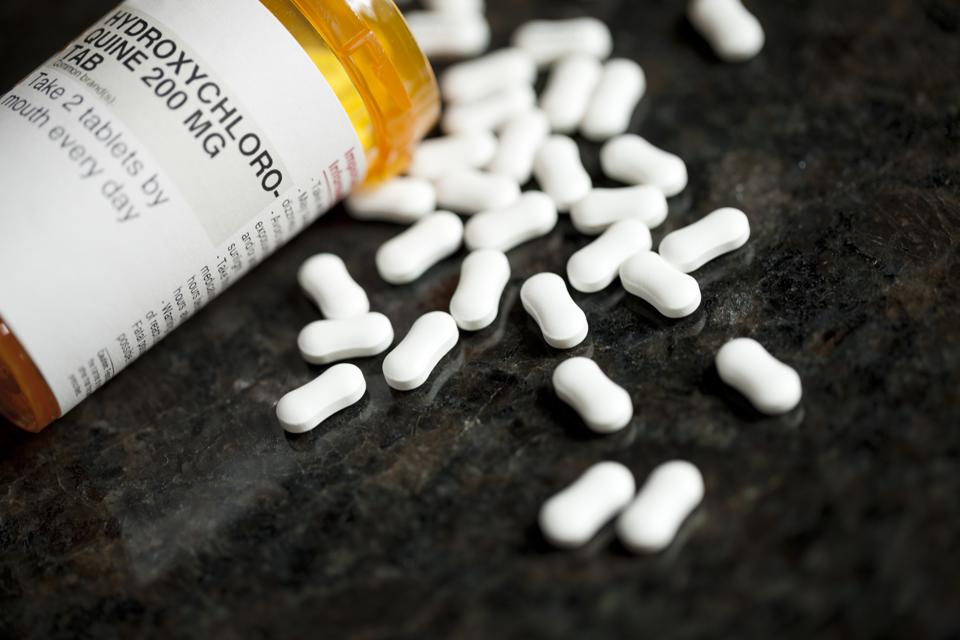
Linda Gorman,
CONTRIBUTOR
December 19th, 2018
The Trump administration wants to use an average of the drug prices paid by other countries to limit what Medicare Part B pays for some drugs. This is a bad idea. Pricing reflects preferences, and the Trump administration plan would replace the needs of American patients with the preferences of bureaucrats. Rather than focusing on the discovery and dissemination of new curative medicines, bureaucrats frequently focus on protecting their power and growing their budgets rather than promoting the interests of citizens. In the United Kingdom, the National Health Service routinely denies patients access to innovative drugs while spending millions on prescriptions for homeopathic remedies, acetaminophen, and Robitussin.
As designed, Medicare used private sector health care in the United States as its benchmark. The private sector prioritizes rapid diagnosis and treatment. As a result, elderly Americans have historically enjoyed better access to updated specialty care and more rapidly declining severe disability than their counterparts in other industrialized countries.
Hepatitis C was killing more than 19,000 Americans a year when the Food and Drug Administration approved Sovaldi in 2013. Existing treatments cost about $70,000 for a full course, failed to treat some forms of hepatitis C, had bad side effects, and featured disappointing virus suppression rates. When they ended up failing, the only option was a $300,000 liver transplant followed by a lifetime of drugs costing about $40,000 a year. For each patient infected with hepatitis C in 2011, one study estimated the average lifetime cost of treatment at over $205,000.
At an initial list price of $84,000 for a treatment that lasts for 12 weeks, Sovaldi cured more than 90 percent existing hepatitis C infections with far fewer side effects. Patients treated for hepatitis C rose from 35,000 before 2013 to 161,000 at the end of 2014. Though governments and newspapers complained bitterly about the price of Sovaldi, few thought twice about paying $35,000 annually for lifetime cost of treating HIV.
Thanks to government resistance, 70 percent of Americans taking Sovaldi in 2014 were commercially insured. About 23 percent of Americans were covered by Medicare. Even though prevalence of hepatitis C infections in the Medicaid managed care population was estimated to be more than seven times higher than in the commercially insured population, fewer than 9 percent of new Sovaldi patients were covered by Medicaid. The states and their Medicaid managed care contractors refused to pay.
In the United Kingdom, Sovaldi was approved in 2014. The National Health Service delayed coverage for months more, and then limited initial access to 10,000 patients for “budgetary reasons.” Had the United States delayed access, as many as 14,000 people might have died unnecessarily, more than the total number of people who died in firearms homicides that year.
British health authorities wanted a better price and were willing to let people die to get it. They finally agreed to pay roughly $59,000 for a treatment that lasts 12 weeks. But as British patients were dying, American prices were falling. By 2015, the average American purchaser paid less than $44,600 for a course of Sovaldi treatment. The average European purchaser paid more than $45,000. Access was still limited. France, Germany, Spain, Italy, and the United Kingdom together treated less than 158,500 people. American payers treated more than 236,800 people.
In Canada, drug safety regulators approved Sovaldi at about the same time it was approved in the United States. Roughly 90 percent of private drug plans provided coverage by the end of 2014. The public drug plans were a different story. The Ontario single payer plan waited until 2017 to add Sovaldi to the limited use formula in its drug benefit program.
Government price controls also harm future patients by limiting the profits used to fund new drug development. In 2017, pharmaceutical companies recycled 20 percent of sales revenues into research. People claiming that universities and government can discover, develop, and market drugs for less have no idea what they are talking about. Academic institutions are no substitutes for drug companies. They have different incentives. In 2011, Bayer scientists found that they could reproduce only 20 percent to 25 percent of the results in an important set of academic findings. In 2012, Amgen researchers reported that of 53 landmark results in academic oncology papers, only six could be reliably reproduced.
If the United States embraces Medicare Part B price controls, it will be copying foreign governments that choose to let patients die rather than pay for new drugs. Do you want higher payments for drugs with the profits recycled into more research or price controls that create insignificant government savings at the cost of harming American Medicare patients?

0 Comments